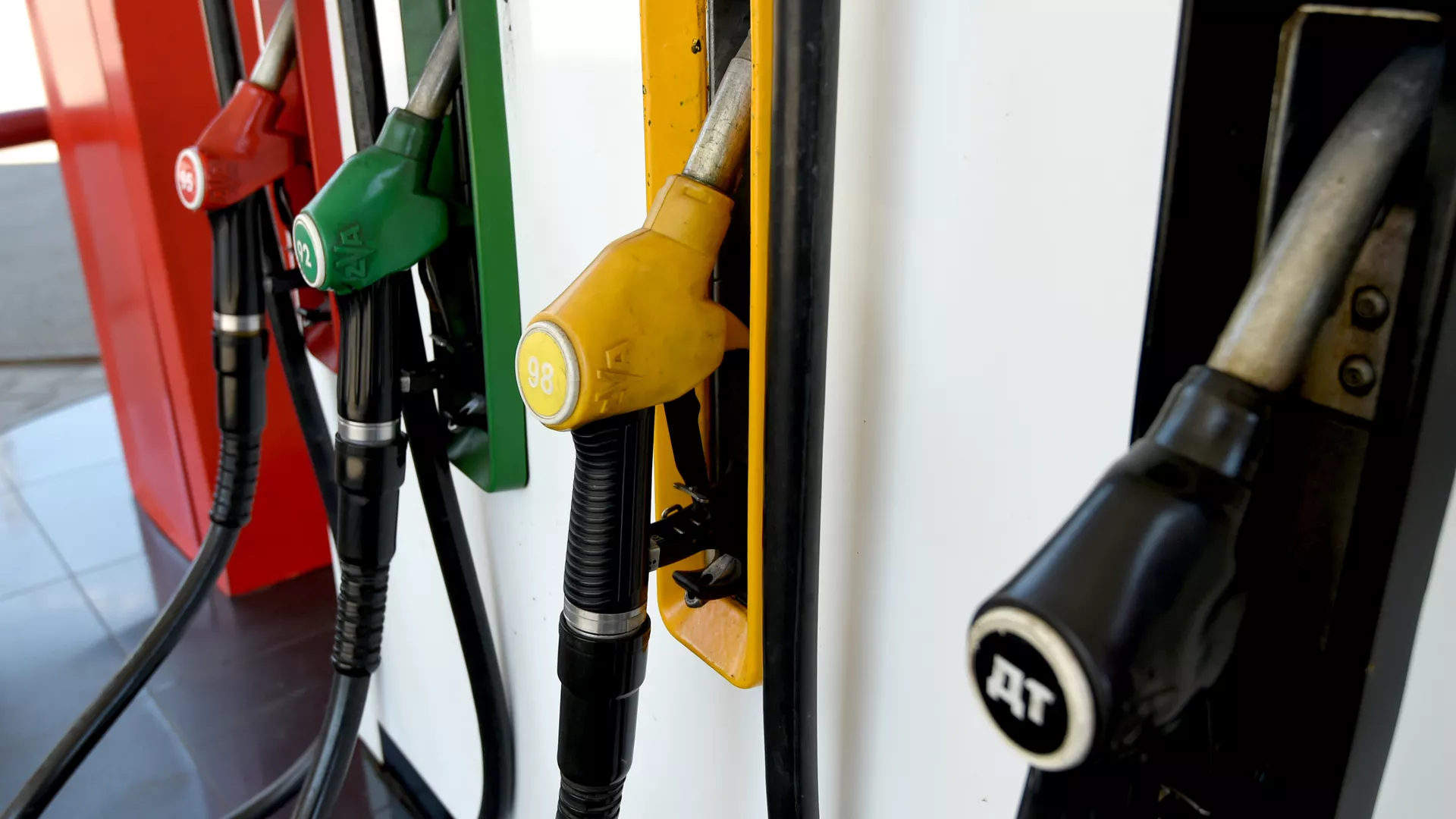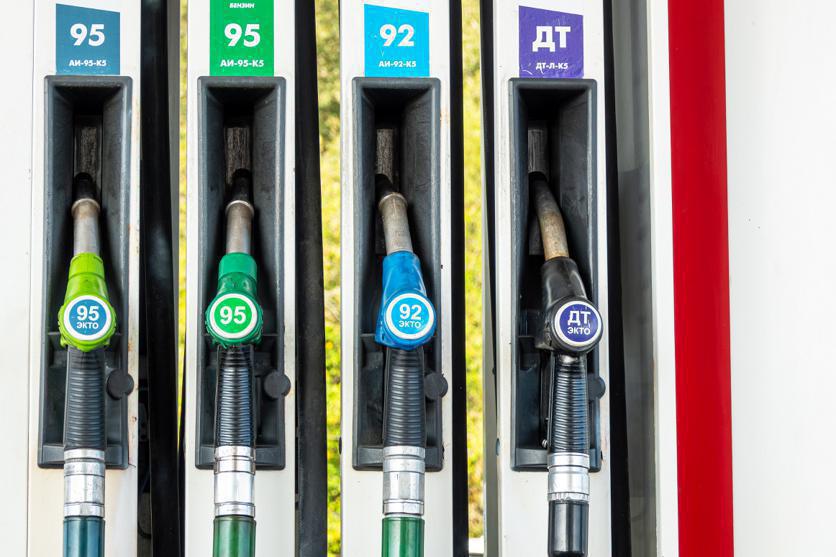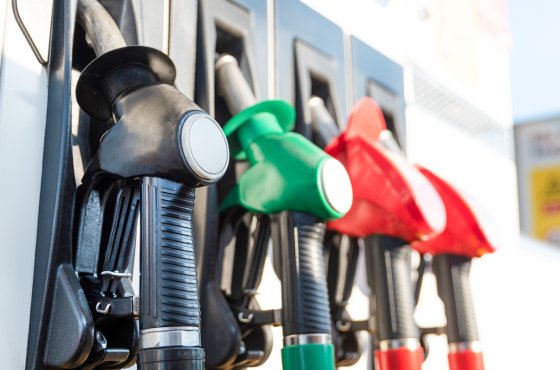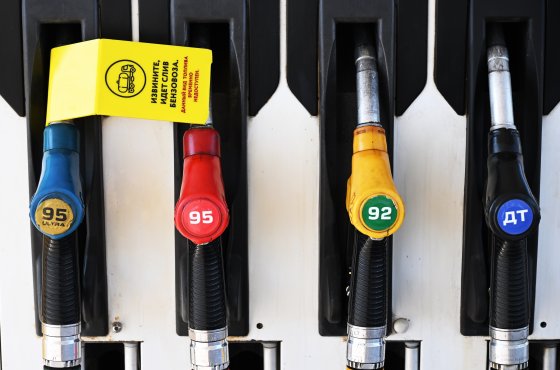According to the latest data from Rosstat, the price of AI-95 petrol at fuel stations had increased by 7.5% since the beginning of the year as of 8 September, with AI-92 rising by 7.2%. On the same date, the consumer price index (CPI) had increased by 4.03%, indicating that the rate of petrol price growth has outpaced consumer inflation.
The Russian Fuel Union (RTS), which unites 29 associations and enterprises established by participants in the oil products market across various Russian regions, has sent a letter to Deputy Prime Minister Alexander Novak, proposing the cessation of retail price regulation for petrol in line with consumer inflation. In the letter quoted by TASS, RTS points out that the current increase in retail prices for motor fuel is indexed to the level of inflation characterised by the CPI calculated by Rosstat. The letter notes that around 800 items are included in the consumer expenditure structure for the CPI calculation, the overwhelming majority of which do not relate to the cost factors of fuel, while industry-specific costs are not considered. Therefore, the union proposes limiting petrol price growth at fuel stations to a special composite index that includes, alongside the CPI, key factors that influence fuel prices: tax and credit burdens, the minimum wage (MW), average salary levels, transportation tariffs, utility tariffs, and equipment replacement costs. RTS highlights that these indicators have been increasing at rates that exceed inflation this year: excise duties on petrol rose by 13.5%, profit tax increased by five percentage points to 25%, MW grew by 16.6%, while the average salary across the country climbed by 15.1%. Additionally, tariffs from Russian Railways have increased by 13.8%, and utility tariffs by 13.1%, alongside a rise in loan costs.
“Given the listed pricing factors of the composite index, retail prices [for petrol] would have increased by approximately 15% by the end of 2024,” said RTS head Evgeny Arkusha to Interfax. “According to Rosstat, in 2024, retail prices increased by 11.1% against a CPI of 9.52%. However, the rise in prices at fuel stations was managed through a decline in retail profitability, which negatively impacts the economic viability of fuel station networks in Russia. These losses are increasing year on year.”
Novak has tasked the Ministry of Economic Development, Ministry of Energy, Ministry of Finance, Federal Antimonopoly Service (FAS), and Rosstat to consider the RTS proposal and report on its evaluation by 25 September. The Ministry of Energy declined to comment on the RTS proposal, stating to Forbes that it is “engaged in systematic work to ensure stable fuel supplies to consumers and to restrain price growth,” adding that it is “actively working with regions on a daily basis and taking all necessary measures to ensure the uninterrupted supply of fuel to the economy and the population.” The Ministry of Economic Development did not respond to Forbes' inquiry.
“Force Majeure Situation”
While retail prices are not regulated by law, authorities monitor the growth pace of prices at fuel stations to ensure they do not accelerate excessively. Sergey Tereshkin, General Director of the fuel products marketplace Open Oil Market, recalls that for many years an unwritten rule has been in place in the country: the rate of increase in retail prices for petrol and diesel should not exceed the overall consumer inflation rate. If this rule is breached, he notes, regulators shut down exports. However, Tereshkin believes that the situation has worsened this year due to attacks on oil refineries, forcing plants to reduce fuel production. Currently, price growth has again outstripped inflation dynamics, partly due to heightened risks of shortages, he notes. “Therefore, voices are emerging in the industry calling (and not without justification) for a new benchmark, as the old measures cannot be applied in a force majeure situation,” says Tereshkin.
Chairman of the fair Russia party faction in the State Duma Sergey Mironov immediately reacted to the RTS proposal, calling it “the height of audacity.” “Bigwigs of the fuel business are suggesting that not only inflation should be taken into account but also the tax and credit burdens of the industry, wage increases for personnel, tariff increases, the cost of upgrading, equipment repairs, and even workforce issues. In short—any costs. And they want all of this to be included in the final fuel price. This means yet another blow to citizens' well-being and even greater inflation in the country,” said Mironov. He also expressed serious concern that the government would “capitulate to the ‘poor’ oilmen and allow them to raise prices.”
According to independent analyst Leonid Khazanov, the RTS proposal is fraught with two negative consequences: firstly, petrol prices will continue to rise, and secondly, such a decision, if taken, will further drive inflation. He believes that many sectors of the Russian economy will suffer as a result. “For instance, there will be a severe blow to agriculture, which is very sensitive to fluctuations in the cost of oil products included by agribusinesses and farms in their expenses alongside prices for pesticides and mineral fertilisers,” said Khazanov. “Consequently, the prospects for upcoming field work and ultimately, the yield of vital crops will be uncertain.”
According to the expert, increases in petrol prices will be felt by passenger and freight transporters, who will be compelled to raise tariffs, thereby encouraging cargo shippers to shift to rail transport. Laypeople, he forecasts, will move to commuter trains. In the long term, this could result in a decline in passenger and freight road transport and even the bankruptcy of certain logistics companies, according to the expert.
The RTS proposals are justifiable, argues Irina Kezik, project manager at Tekface and expert at the Inter-Industry Expert and Analytical Centre of the Union of Oil and Gas Industry Workers of Russia. “Last year, an export ban was imposed, and this year, regulators have taken the same path, yet issues with fuel supply remain unresolved due to an emphasis on unscheduled repairs at refineries,” she explains.
Will the RTS initiative receive support? “The Ministry of Economic Development is unlikely to go along with this and will try to maintain the current retail price formation rule — ‘inflation minus’,” suggests Kezik. “One can only imagine how government planning will ‘float’ if, when determining prices, we also take into account not just inflation but other factors that can vary over time. Representatives of the retail market simply need to be patient. Even if someone goes bankrupt, a more enterprising replacement will likely emerge—this logic possibly underlies regulators' thinking.”
Bull Market
Under a regulation approved by a joint order of FAS and the Ministry of Energy, at least 15% of petrol from total sales must be sold on the exchange (FAS is considering increasing this threshold to 17%). In 2024, petrol production in Russia amounted to 41.1 million tonnes, meaning that at least 6.2 million tonnes should pass through the exchange, although in 2024, the trading volume was significantly higher, reaching 10.9 million tonnes.
In contrast to retail prices, petrol quotes on the exchange are unregulated. As Forbes previously reported, the price of petrol on the St. Petersburg exchange sharply increased in August, despite the complete government export ban first in August and then in September. The price of AI-95 petrol rose by 46% since January to 80,816 roubles per tonne, breaking the record of September 2023 at 76,876 roubles per tonne. AI-92 increased in price by 33%, just shy of the September 2023 record of 70,508 roubles per tonne. According to data on 17 September, AI-95 petrol on the exchange has since slightly decreased to 79,410 roubles per tonne, while AI-92 has climbed to 73,208 roubles per tonne, exceeding the September 2023 record.
The market balance has worsened due to the aftermath of attacks on oil refinery infrastructure and reduced petrol production, notes equity market analyst Aline Poptsova from UK “Alfa-Capital.” Referring to IEA estimates on which she relies, attacks on refineries in August, typically a month of high seasonal demand, resulted in a loss of 250,000 barrels per day or about 5% of total Russian refinery capacity.
“The situation, however, remains under control: refineries have lost some capacity but continue to produce fuel, and part of the deficit might be covered by reserves and more distant eastern enterprises,” says Poptsova. “At the same time, a ban on petrol exports has a limited effect in the context of strict market regulation and structural problems, hence a review of the damping mechanism appears necessary.”
The attacks on Russian refineries continue, the peak demand for travel within the country has not yet passed, the harvest season is in full swing, and the much-anticipated amendment regarding the damping mechanism for August has yet to be approved, comments independent analyst Maxim Shaposhnikov.
What is meant by the damping mechanism and its amendments? The existing damping mechanism is designed to ensure the stability of domestic fuel prices. The damping is calculated based on the difference between the export price of petrol and its indicative internal price, set by legislation. When export becomes more profitable than supplies to the domestic market, the state compensates producers for the difference. The export price used is that of petrol in Rotterdam, while the internal price has a fixed threshold of 60,450 roubles per tonne for AI-92 petrol. The damping is nullified if the average wholesale price of petrol exceeds indicative prices by more than 10% for an entire month, i.e., rises above 66,495 roubles per tonne. As August saw an average petrol price of 69,340 roubles per tonne, payments under the damping mechanism, following the current rules, should be nullified, points out Shaposhnikov.
Earlier reports indicated that the government was considering raising the damping threshold for petrol from 10% to 15%, and for diesel from 20% to 25%, to allow oil producers to anticipate compensatory payments based on current prices. This decision has not yet been made. However, Deputy Finance Minister Alexey Sazanov told reporters that the Ministry of Finance is prepared to ease the rules for compensatory payments to oil companies from the budget for restraining wholesale prices.
“Against this backdrop, oil companies are striving to push through an increase in retail prices to sustain refining economics and capitalise on market excitement,” states Shaposhnikov. “Adding fuel to the fire is the still very high Central Bank rate, which compels fuel stations to raise retail prices and fuels exchange demand.”
Source: Forbes




